How does your personality type impact on your life and work? In many psychological type books there are lists of what kinds of careers your type might find to be a good fit. Image Consulting (or personal styling as it’s more commonly known) is not a career that has ever been mentioned in any INTJ list (computer systems analysts, engineer, research scientist, and judge are all recommended professions). Yet, I’ve not let this hold me back, in fact, I’ve been given the nickname the scientist of style! So I do seem to have picked a career that allows me to use my type preferences to my advantage.
In April at the Association of Image Consultants International Conference I was awarded the 2019 AICI Jane Segerstrom Award for my work in supporting and promoting a positive image in society, in the main because of my blog Inside Out Style which I’ve been working on since 2008, but also because I’m part of the innovative team that is 16 Style Types team who have put together this world-class, world-first, groundbreaking understanding into the relationship between psychological type and style.
I’m often asked by others how I’ve reached this point in my career since there isn’t a linear career path for image professionals and it can feel like a huge leap from beginner (where some of them are) to reaching a point where I’ve been hugely honoured to have won the most prestigious award from AICI for my work, and also how I’ve managed to create client image and style programs, develop a unique personal colour analysis system of 18 colour directions, develop training courses for aspiring image and colour consultants and now work with Jill Chivers and Jane Kise on 16 Style Types.
I’ve been an image consultant since 2004, so I’m certainly not an overnight sensation. It’s been well over a decade of hard work, day after day, that has gotten me to where I am today.
Looking at this from a type perspective, let’s see how my INTJness has helped and sometimes hindered my career in image. I’m going to be listing some of my strengths here (and also noting some of my weaknesses) and if you look at your own type strengths, you’ll discover they may be quite different from mine.
This sure doesn’t mean one type is better than another, as we each have our own gifts (along with our own Achilles heels).
INTJ is an NT Super Style
We discovered that the SF Super Style is the most naturally stylish and drawn to style (whether it’s interiors, gardening or personal style), so as an NT Super Style I’m not naturally stylish, people weren’t drawn to ask me for style advice before I did my training (they were drawn to me for other advice, but not about colour or style). I’ve had to learn the science of style and put it into practice daily to develop my own style.
I know that you don’t have to be born stylish, that you can learn how to become stylish.
What’s interesting when I’ve done Style Types workshops with large groups of image consultants in both the UK and the USA, is that the biggest group in the room is the SF Super Style, followed closely by the NF Super Style. I’m guessing that the Feeling types are drawn to style as they have a more natural affinity with style and aesthetics and as their decision-making process is more relational and there is a strong desire to spend time with people and help them with their style, in comparison with the logic/fact-based approach of the Thinking Types (who also like to help others, just in a different way) and enjoy the more analytical and theoretical science elements of style.
What I’ve learned over the 50 years I’ve been on this planet, is that when I try and copy someone else’s style, it’s inauthentic to me and never “feels” like me. It doesn’t make me feel competent or confident and I like feeling competent (more on that later).
Fiercely Independent
The INTJ is considered to be the most independent of all types and I can attest that I am pretty typical with regards to this. I want to do things my way, which means delegation and collaboration are tricky for me (and is something I’m really having to learn how to do, to let go and trust others to do a good job), but it meant for me that being self-employed was a great path for me to take.
I had known since my 20s that I wanted to be self-employed, I just didn’t know what it was that I actually wanted to do, and it wasn’t until my early/mid-30s that I discovered image consulting and from that moment knew it was what I’d always been looking for, and was my path to self-employment and forging my own path.
Because of my need for autonomy, I’ve found it easy to put my head down each day and get to work at home, not distracted by housework, the TV or anything else. But sometimes it’s been a hindrance when working with others, such as my 16 Style Types team, where I expect others to want to work as autonomously and independently as me and they want to spend more time working more collaboratively. It’s been a big growth and learning curve for me and one I’m a long way from overcoming.
Single-Minded
Because of my ability to get into the zone easily (as Dario Nardi discovered in his brain scanning research which he explains in his book The Neuroscience of Personality), the INTJ is the type who finds getting into the zone easy, that place where time falls away and it’s an incredibly productive state of being.
Seriously, so often I sit down at my desk in the morning and start writing a blog post, working on creating a new program, or improving on my Absolute Colour System, and time disappears, suddenly hours have gone past and I’m oblivious to the time passing. So much so, that I have learned that I’ve got to set alarms to remind me to do things ( as I’ve learned from experiences, like the time I was in the zone and didn’t pick up my daughter from pre-school until half an hour late when I’d received a phone call from the teacher telling me that school had finished a while ago – mother of the year!).
Being single-minded is one of my super-powers, and I think has helped me achieve what I’ve done over the past 15 years.
If you don’t have this superpower naturally, then you too can achieve similar results, as I always tell aspiring image professionals, it’s all about taking one small step after another, and if you just keep doing this you’ll be amazed at how much you get done and what you achieve.
Careful Decision Maker Focused on Goals and a Vision
Being the careful owner of one Introverted iNtuitive dominant function (Ni) as an INTJ, means that I’m always looking to the future and envisioning the end, and how things could be. I’m an eternal optimist (I used to think I was a realist, but then I realised that I was always hoping for the best, though I’m realistically optimistic), and this helps to drive me forwards, over and around any obstacles that appear in my path when I truly believe in what I’m working towards. It means sometimes that when I’m too single-focused (see above) I can ignore how others are feeling about a project too (not always the best thing).
I think very carefully when making decisions about the direction of my business and life (and even any blog post that shares personal information, you may not realise just how much time, energy and thought has gone into deciding exactly what I’ll share and how personal I’ll get – the pros and cons, carefully weighed up before the decision is made).
Being able to turn my big picture vision into concrete reality, and the impact of creating something which will have a positive effect on others, helps keep me focused and driven.
My deepest passion and desire is to help others feel good about their style, as I know that style is not skin deep, that what you wear can change your life and impacts on how you feel about yourself. I’ve seen over and over just how impactful creating an authentic style is and I want to be a catalyst to help women the world over empower themselves to discover this for themselves.
When I decide to take on a new project I look at how this fits in with my existing vision and goals. I don’t want to be taken off track or end up being distracted from my mission in life. This is why for me, 16 Style Types was a no-brainer, as I’d always felt from working with so many clients over the years, that there had to be a link between personality and style choices and in fact as we were creating the Style Types Reports I could hear different clients speaking in my head about their likes and dislikes, and this really assisted me in the project.
Knowing that this was furthering my vision and mission gave me the energy and focus to put in the many, many, many hours to the development of the project.
Quickly Cut to the Chase
INTJs tend to hate wordiness and redundancy, and sometimes I hear myself in my head saying ‘will you get to the point‘ when someone is explaining something to me in what I feel is way too much irrelevant detail. What I’ve learned is that I have an ability to see a pattern or a reason for something, and then distil the why, into a set of steps, or a theory that can be replicated by others.
I can get to the crux of an idea fairly quickly and easily as I work down from the big picture to the detail and see how what might, to others, seem like unrelated things, actually slot together to form the whole.
This is why I spend so much time helping my clients discover their own Style Recipe as it helps to make style and image decisions more quickly and authentically. Why I have written countless blog posts about colour and value contrast, as I’ve discovered that they are elements of style that have the greatest impact on how well an outfit looks on you.
Cutting to the chase means that I’m also seen as not particularly friendly. I’m not great at small-talk and some of the niceties that lubricate many relationships. I’m a terrible texter (if I can get away with one-word text messages I will!) and prefer to keep my emails short and to the point.
Value the Theoretical
I have spent the last 15+ years searching and studying and discovering the “why’s” of colour and style.
As a teenager, I used to sew my own clothes, and spending hours (and a lot of energy and effort) in making a garment, only to discover that some styles worked with my body and others looked terrible on me, was one of the reasons that I got into this whole profession. I knew there had to be a why, and I wanted to know what it was.
Learning the theory and then turning it into something concrete, sharing that with the people I work with so they too are empowered to ignore the style myths and rules that are irrelevant for them, and to find their own style is my driver.
Ideally, where possible, I like to teach my clients to fish, rather than fish for them.
I love to impart the theory, the why, as I believe it empowers, and when you’re empowered, you feel so much more confident and this really shines through.
For me, having the amazing expertise of Jane Kise and Jill Chivers who between them have over 50 years of psychological type knowledge to, first of all, find the link between style and type, and then to create the 16 Style Types reports has been truly enlightening and gratifying.
Improving on the Existing
When I look back at what I’ve achieved over my years of being an image consultant, what I see is that I’m not the one who usually creates something completely new, but I do improve on what has existed in the past. Let me share some examples:
Absolute Colour System of 18 Colour Directions
Personal colour analysis has been around for a long time and came into the public arena in a big way in the early 1980s with the publishing of Colour Me Beautiful. It was the first widely known colour system, of 4 palettes, that were given the names of the 4 seasons.
By the time I started my image career, most colour consultants were using systems of at least 10 different colour palettes, and I did too, but I kept finding that they were lacking, that I had clients that didn’t really fit into one of these groups.
This set me asking why (yes that’s what I’m always asking!) and it led me to look at what currently existed and where the gaps were.
In 2009 in creating the Absolute Colour System I felt that it was plugging the gaps, and creating a much more nuanced and advanced take on personal colour analysis that worked for the variation that you find in humans!
Just like the 16 psychological types is much more nuanced than the 4 Temperaments, it’s the same for personal colour analysis, using more palettes gives a more nuanced and personalised approach.
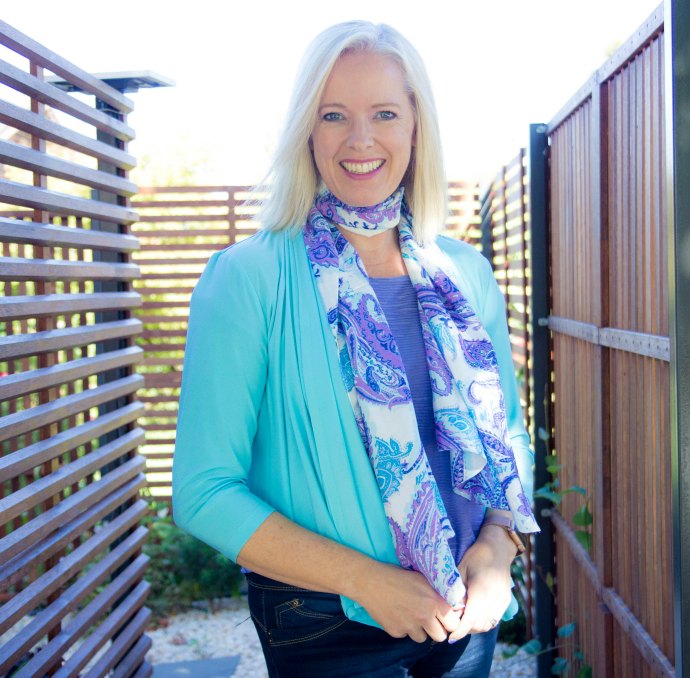
I embrace colour as it helps me form relationships and preserves my energy.
7 Steps to Style
There have been many personal style programs available, but from the feedback I’ve had from clients and from blog readers, was that they were lacking, they covered some elements of personal style and colour, but weren’t truly comprehensive. This is why when I developed my online colour and style program 7 Steps to Style, I wanted to make sure that it really covered off all the elements of style so that women from around the world could empower themselves to understand what works for them physically, their lifestyle and also to help them understand how their personality influences their style choices, why they do or don’t like certain elements of clothing and accessories.
Inside Out Style Blog
When I started blogging in 2008 there were lots of style blogs in the interwebs already, so what did I do that I thought would make it a unique site? I decided that my readers are intelligent women who are not interested in dressing like me or just copying an outfit, but want to understand what works for themselves and how to take clothing and fashion (the tools) and create beautiful and harmonious outfits for themselves (style). Fashion magazines have peddled so much incorrect advice, and so blogging has been my way of helping to bust the style and colour myths. Over the years my audience has grown and in 2018 Inside Out Style was awarded the Best Australian Style Blog by Feedspot. I’m constantly writing new posts, plus expanding and improving on older posts, updating them with new content to keep the information fresh and relevant.
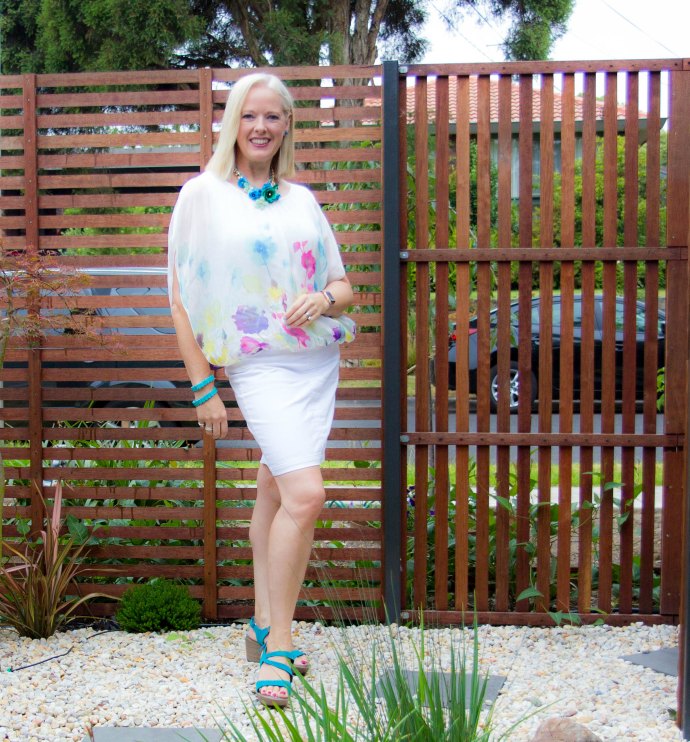
I know that my style is not your style, which is why I share the information about how to find and develop your own style on my blog Inside Out Style.
High Need for Achievement and Competency
In typical INTJ fashion, I really need to feel competent and that I’m achieving something worthwhile in my life and work. I’m a lifelong reader and learner and believe I’ve got a growth mindset. In fact, when I’m asked by image students what is important to becoming successful in this career, is that you always learn from every single client you have and that even after all these years I’m still learning and will never stop learning from each and every person and interaction I have. Sure I know lots more now than I did when I started, but I know that I’ll always be striving for a higher level of competency and achievement. I set my own benchmarks and am a pretty hard taskmaster on myself. Definitely internally driven to do this!
Acquisition of Knowledge
Part of this need a never-ending acquisition of knowledge and for competency and achievement is a fear of failure. I really hate being seen as incompetent! This is why as part of the 16 Style Types creation I became a certified psychological type practitioner. Even though I’d spent the previous 2-3 years before reading, listening and learning about psychological type, I felt it necessary to also have the certification behind me to be taken seriously as part of the Style Types team.
I may be my own worst critic, but I also find criticism really hard to take. I may not show my emotions to the outside world much, compared to some of the Feeling psychological types, but they are there, they do run deep and it’s not hard to hurt my feelings, I’m just not likely to show you what impact criticism has had on me. INTJs are often called “automatons” and “robots” and seen to be totally unfeeling. This is not true, we are just experts at hiding our feelings.
I also love to share my knowledge, and that’s where the joy of 16 Style Types comes in for me – helping others really get inside themselves to discover that they are completely normal, just because their approach to style may be different from friends and family, doesn’t mean that there is anything wrong with it. It’s just different, and it’s an expression of who they are.
What I truly love is when someone reads their style type report for the first time and says “This is so creepily accurate – have you got a camera in my house? Are you following me around? It’s like you’re inside my head!”
To feel truly understood is one of the joys that your Style Type report can bring you, it validates who you are and helps to show you a pathway that is type specific to assist you along your own style journey.
Love a Challenge
I love a challenge and a problem to solve. Thinking about how to find a solution, a new way, an improvement and how to create something that has a positive impact on others. I get bored if my brain isn’t stimulated. I have also had to learn to trust my iNtuition to find a way. One of the ways to describe my iNtuition is a feeling of “knowing without knowing” and I know that if I crowd it and try and force a solution, they don’t come, but if I put the information in and then let it percolate, a solution will appear.
So when the opportunity arose to be part of the Style Types team I was totally on board! Here was the missing piece in the style puzzle.
I’d always known that personality is the number one key in developing your personal style, and wanted to be part of the team to create a really new and innovative way of helping clients discover how their personality influences their style choices.
I had to be part of the team to create this. Now I’ve got a lot on my plate, and unlike some types who let go of one project to start on the next, I’m not like that. I keep going with all the others and then add more. I often feel like I’m spinning plates (and sometimes some come crashing down when I take my eyes off them for too long), but everything I do is interlinked and related and they all work with each other, whether it’s the training, the consulting, the development of image and colour products and tools, Style Types is another important resource in my image toolkit and another plate I’ve added to a pole to keep spinning!
Enjoy Working with People I Consider to be Knowledgable and Experts
Last, but certainly not least, I love learning from others, so when I get the opportunity to work with people I consider to be knowledgeable experts, I jump at the chance.
I’d been making style videos with Jill Chivers (over-shopping expert as well as brilliant type workshop creator and facilitator) for some years and always enjoyed her perspective on style and image. Whilst making these videos, we had a conversation about whether or not she thought there was a relationship between psychological type and style, and when she came back to me to say that she’d be interested in looking into this further and had had similar conversations with and now recruited Jane Kise to work on this too.
I was excited to be working with such an amazing and capable team of experts who have deep and broad type knowledge. I knew that with this team what we would create would be substantial and rigorous and something that could potentially impact millions of women and help them understand themselves and their style more fully. With Jill’s amazing facilitation expertise, her deep type knowledge and project management experience, combined with Jane’s huge oeuvre of work finding the relationship between type and a topic, I knew that this project was a winner.
Does Having INTJ Preferences Give Me an Unfair Advantage?
Has having INTJ preferences meant that I’m more successful as an image consultant than other types? That it’s been an easier road for me? I don’t believe it has!
Given that the majority of image professionals are SF or NF Super Styles I often feel when I compare myself to my image colleagues that I often feel that my work life would be easier if I was something different. I envy the extraverts ability to network and get to know lots of people. I envy the feeler’s ability to build relationships easily. I’ve always felt like the “odd man out” in life, like I don’t really fit in anywhere.
Sure I can see how my INTJ preferences have often helped me but also how they hinder me. For example, I’m not good at sales and self-promotion, which are an important part of running any business. I don’t have that gift of the gab that some of my image friends have that make developing relationships easy. My natural introversion means that I’m more than happy to spend a lot of time by myself and don’t enjoy traditional networking (usually the way you drum up business when you are building a business) and find that I can only see very few clients a week to maintain enough energy to give my all to each person. I just can’t see clients all day, every day the way some of my extraverted image colleagues can.
Instead of dwelling on the negatives, I’ve developed a business model that works for me and my type preferences, leading to my success and receiving this prestigious award. I realised fairly early on that I needed to create my own way of marketing, and that was by using educational marketing, showing my expertise by writing my blogs and sharing my knowledge to position myself as an expert in image so that I didn’t have to sell myself and services. Instead, the right kinds of clients for me were attracted to come and see me because they appreciate the information I had shared with them for free.
What being an INTJ has allowed me to do, is to focus on spending my time improving and creating products and programs that can be accessed by millions of people from around the world and has helped me sustain a small business through the global financial crisis when so many others fail along the way.
That my expertise has been publicly acknowledged is highly appreciated and helps me feel that in my own industry my work speaks for itself and ticks my achievement and competence piece that is so important to me.
So tell us, how has your personality type impacted on your life and work? What does it make you great at? And how has it held you back?
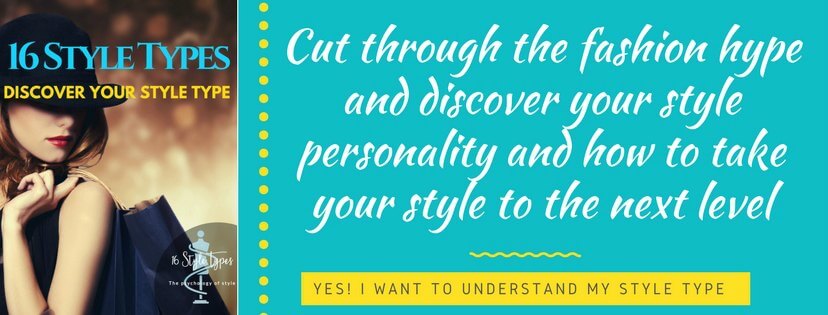
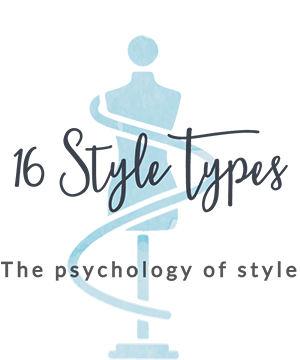
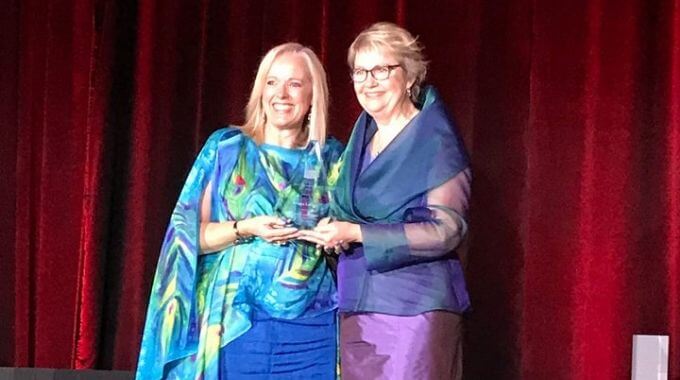
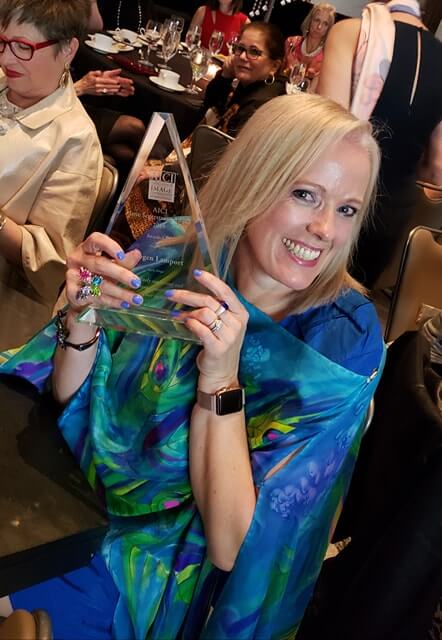
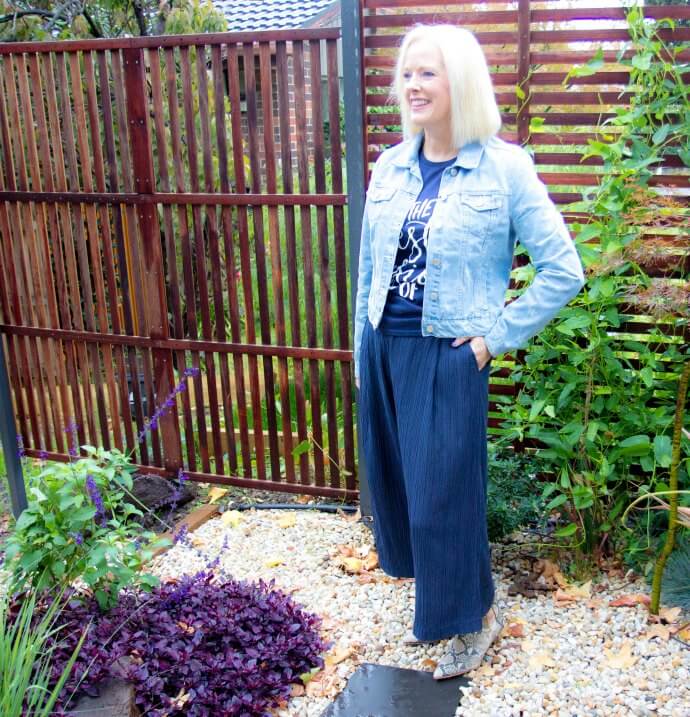
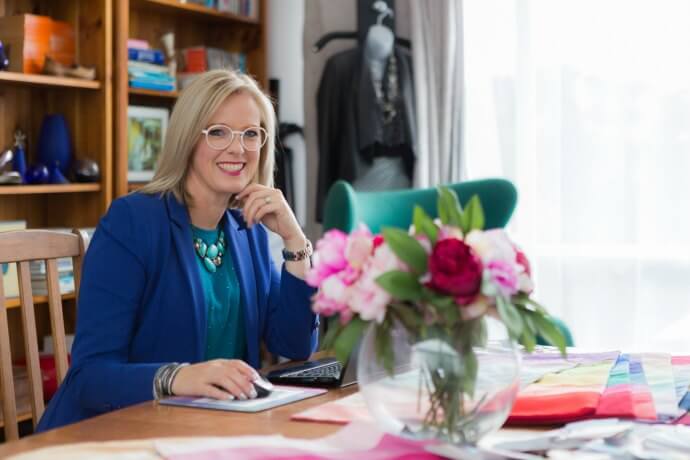
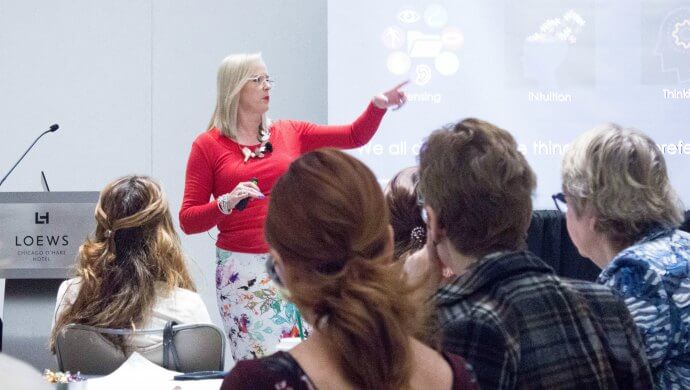
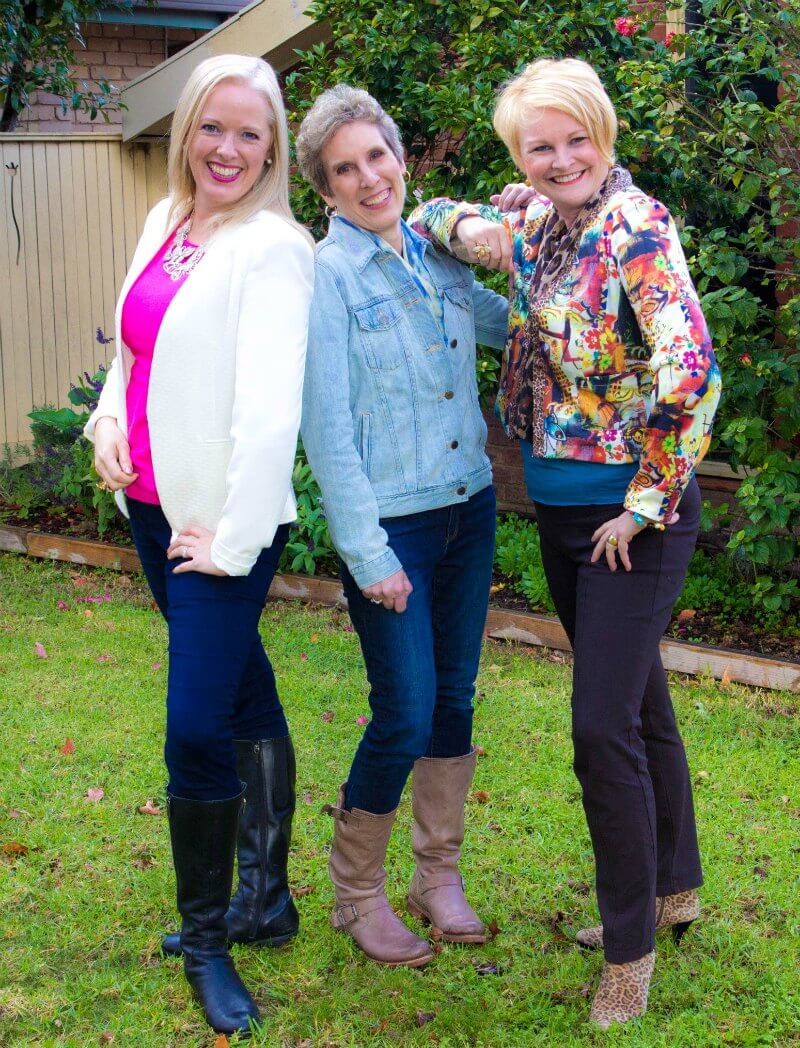
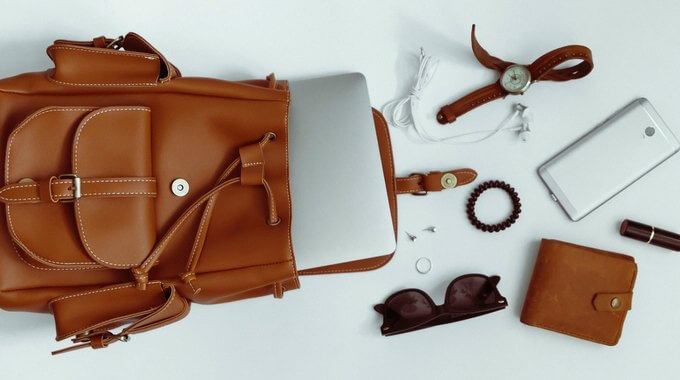
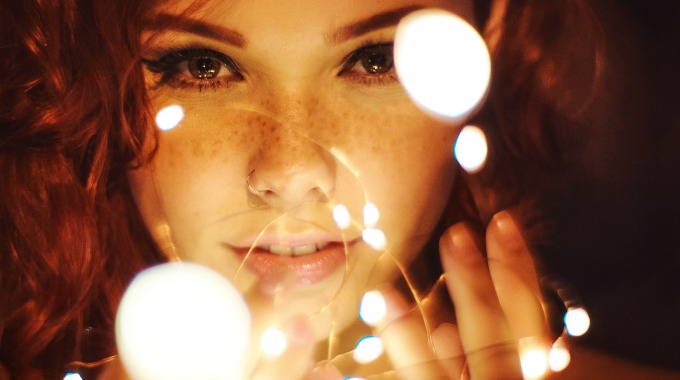
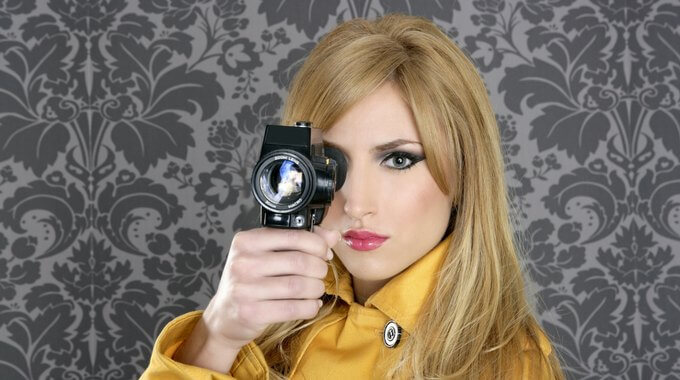
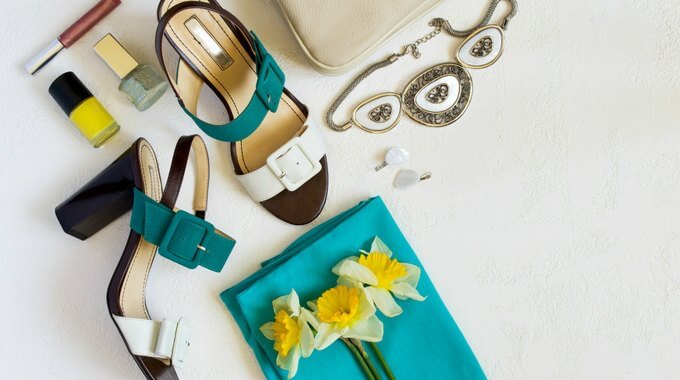
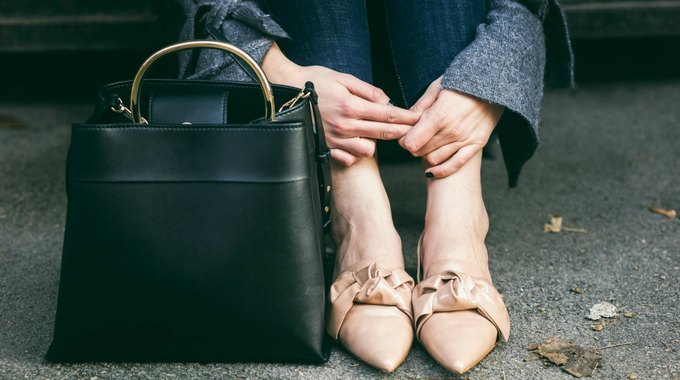

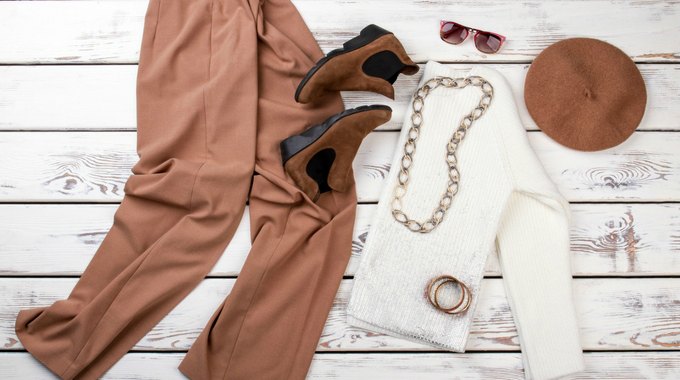
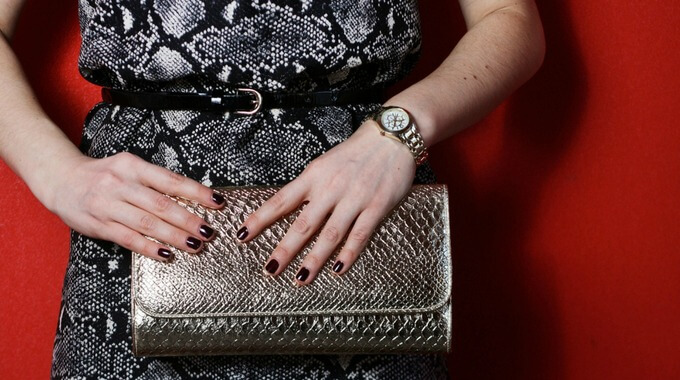
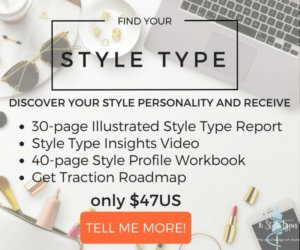
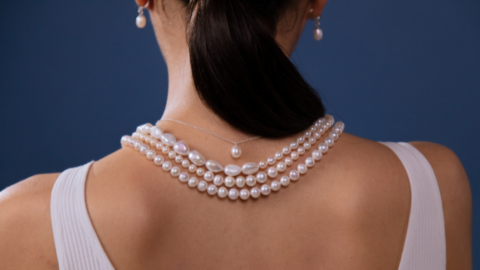

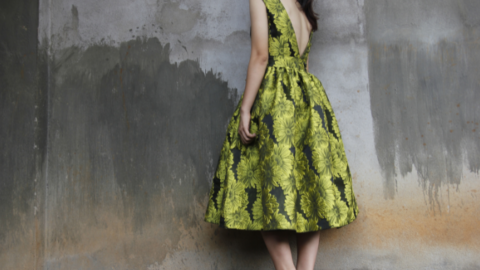
Dear Imogen, aż an INTJ myself I can very well relate to your style journey
I was also interested in clothes since my early years, but it took me a lot of time to develop my own style. Your advice, your blog was an indispensable resource without which I wound not make it to where I am (still travelling, BTW). I had tons of Aha moments while reading and it remains my go to place for understanding how clothes become style. Thank you!